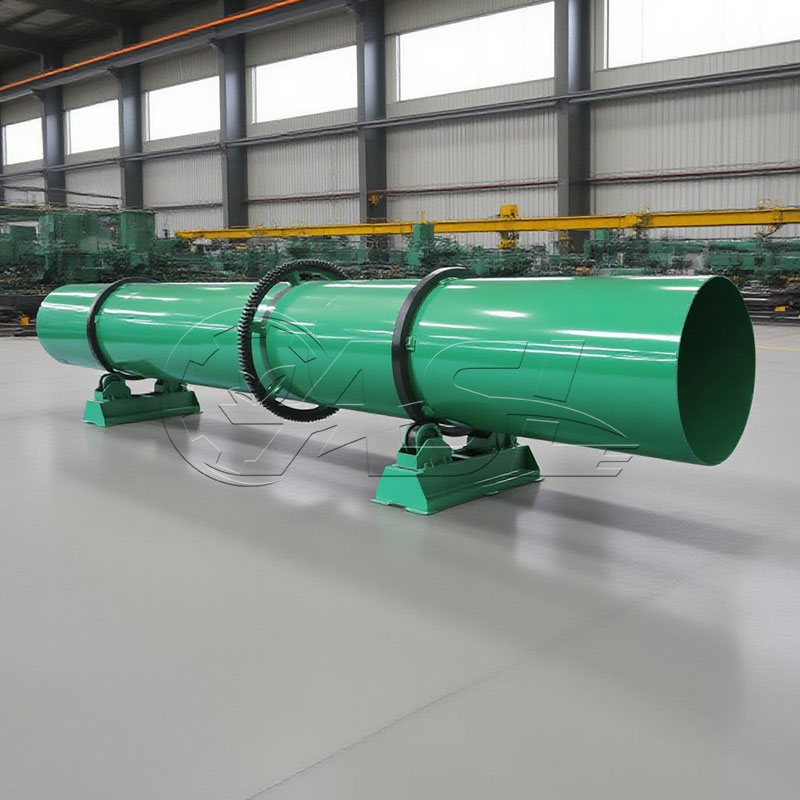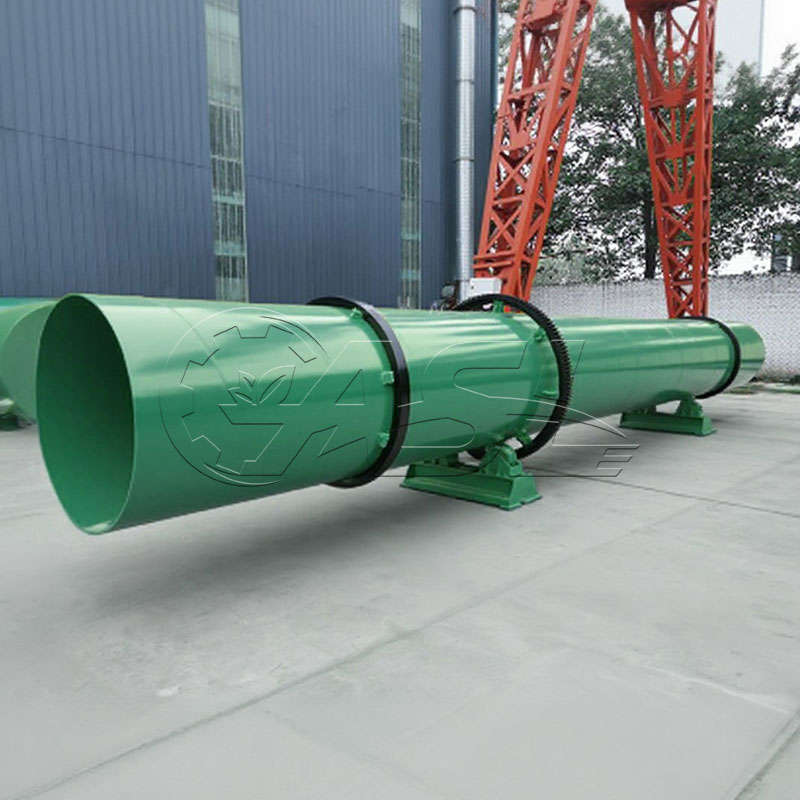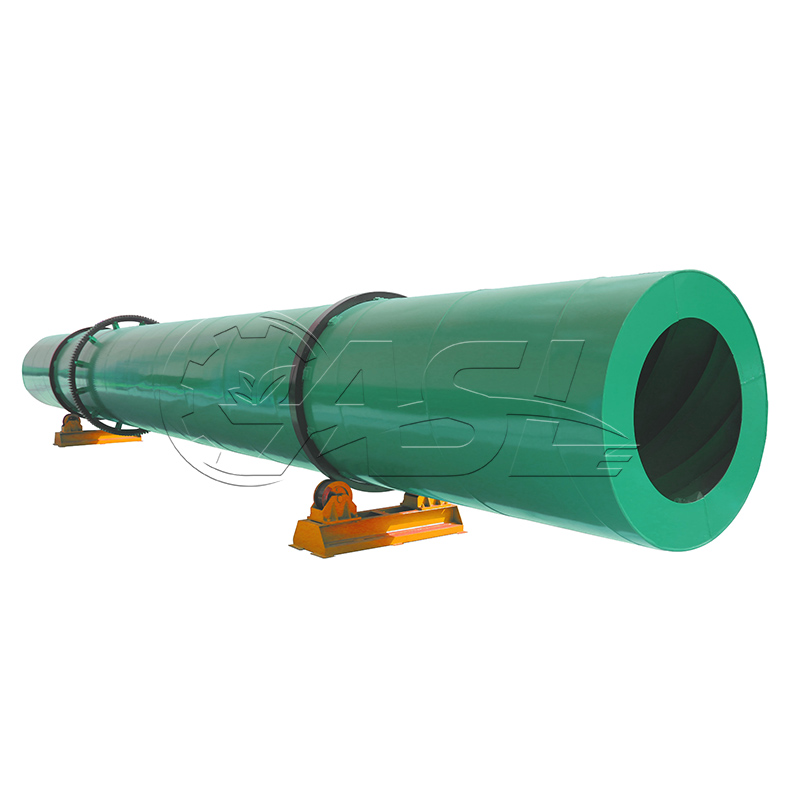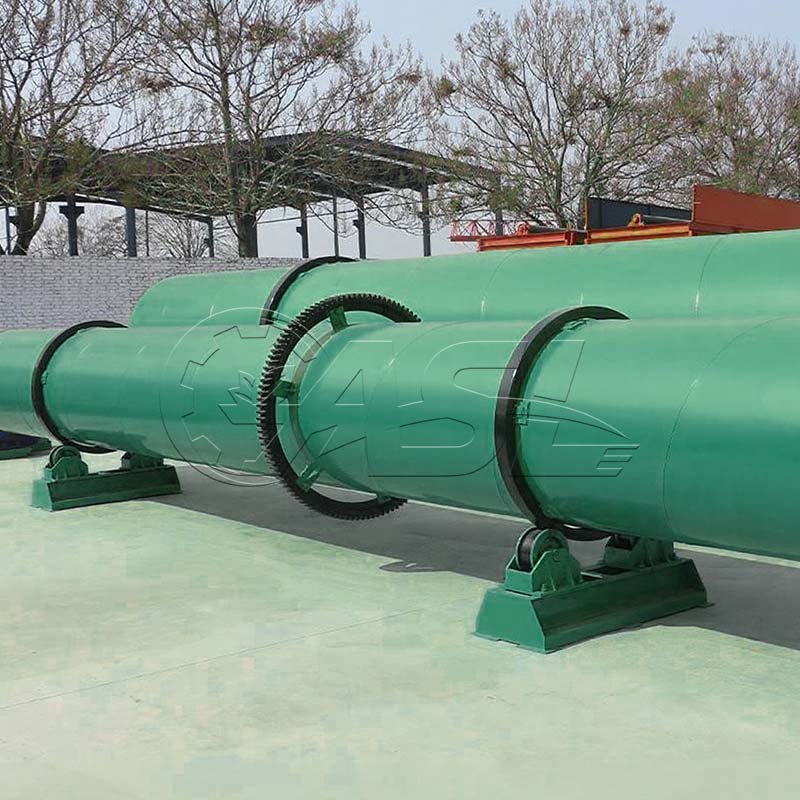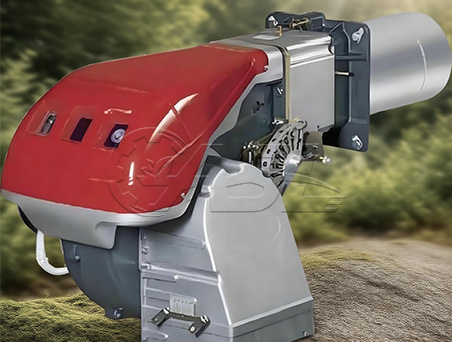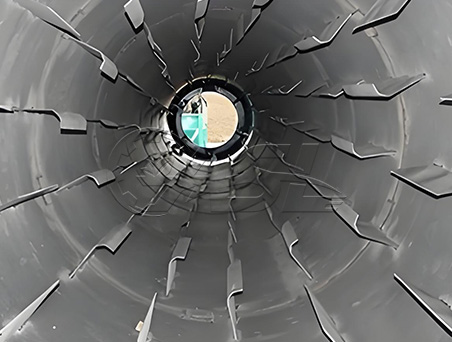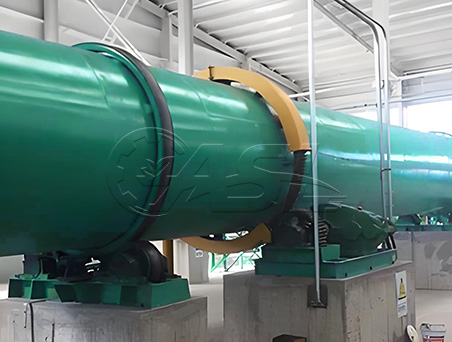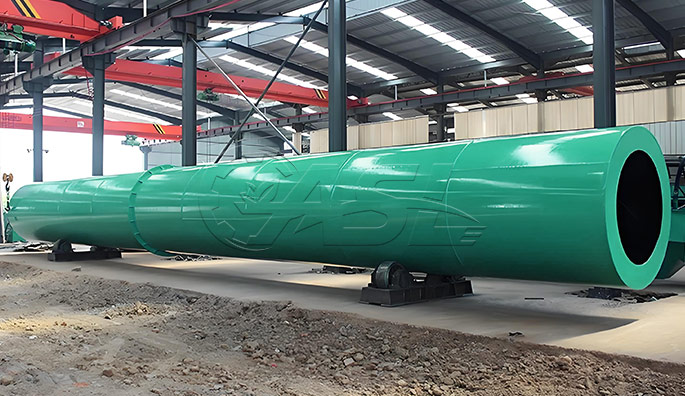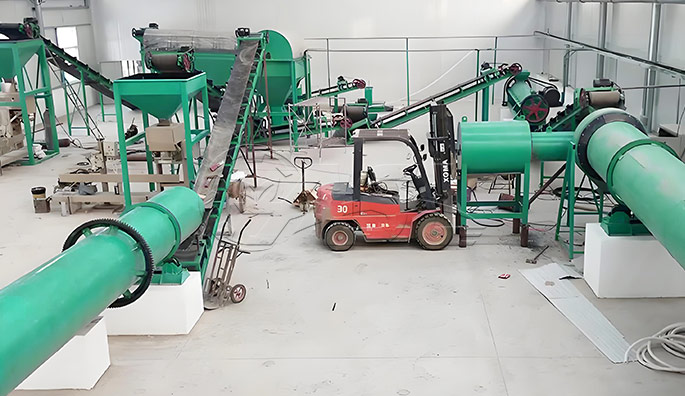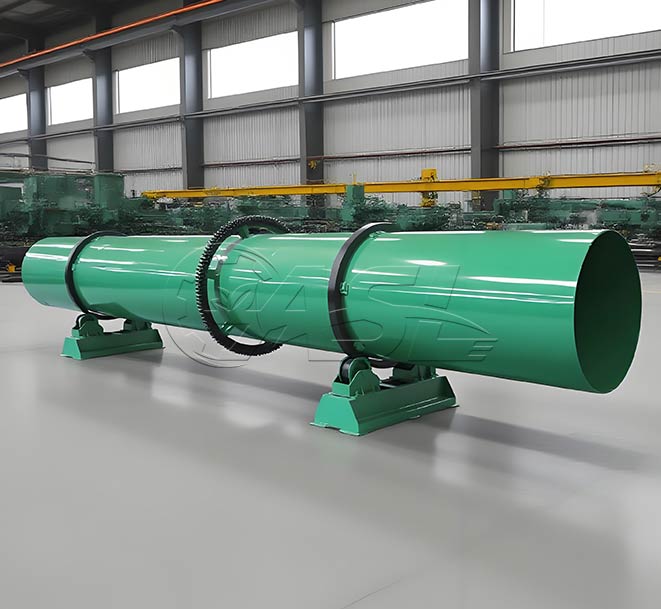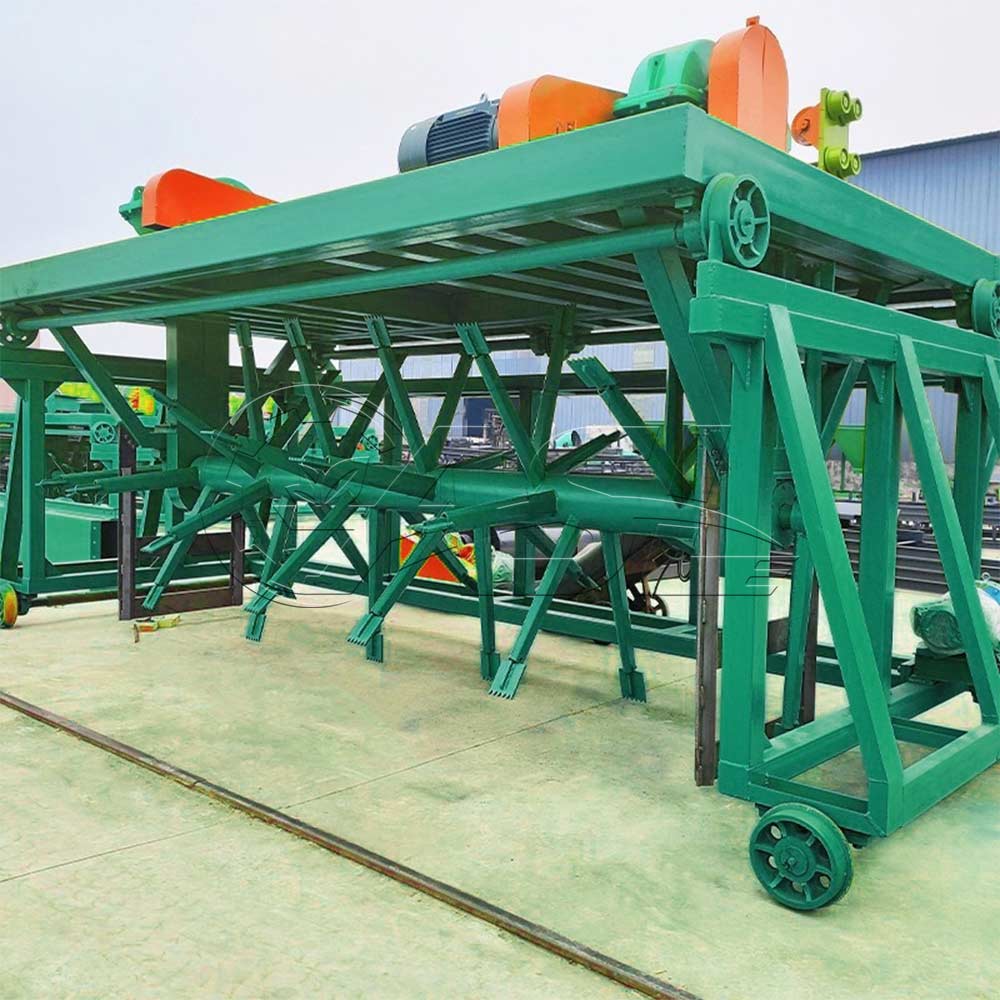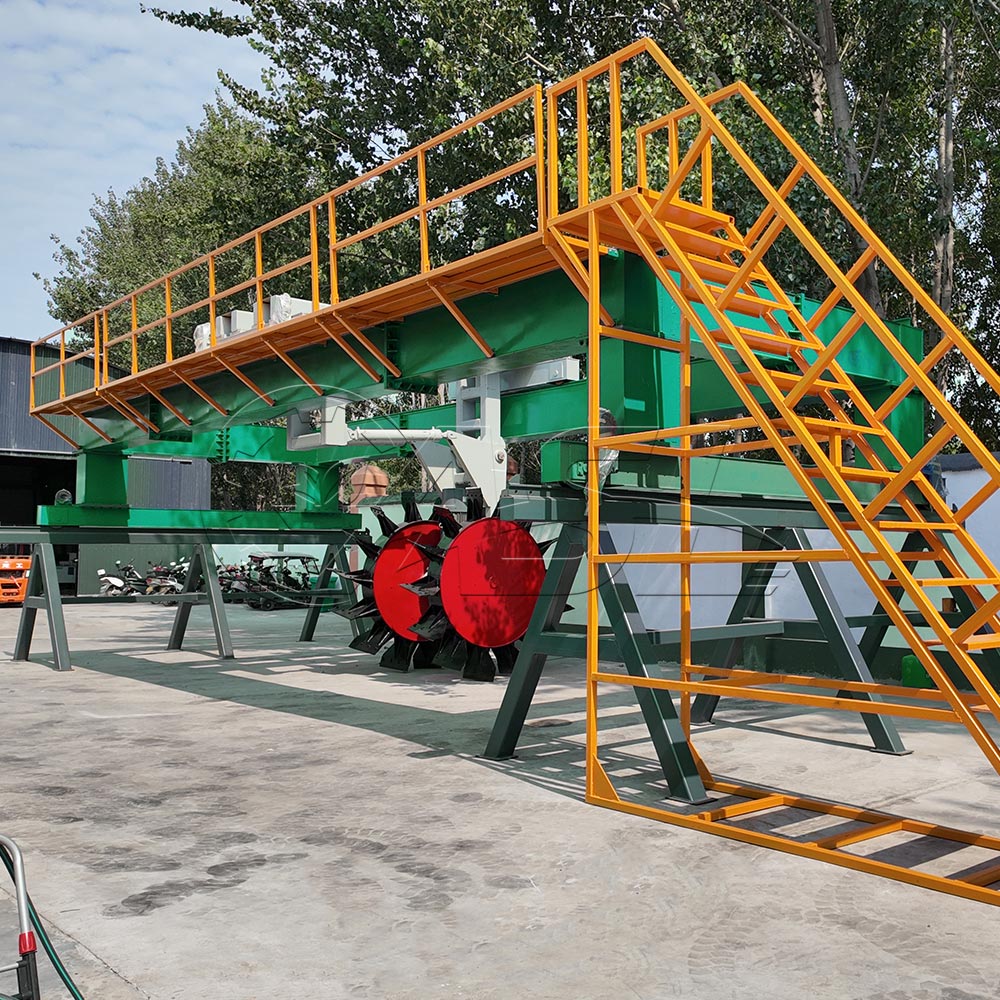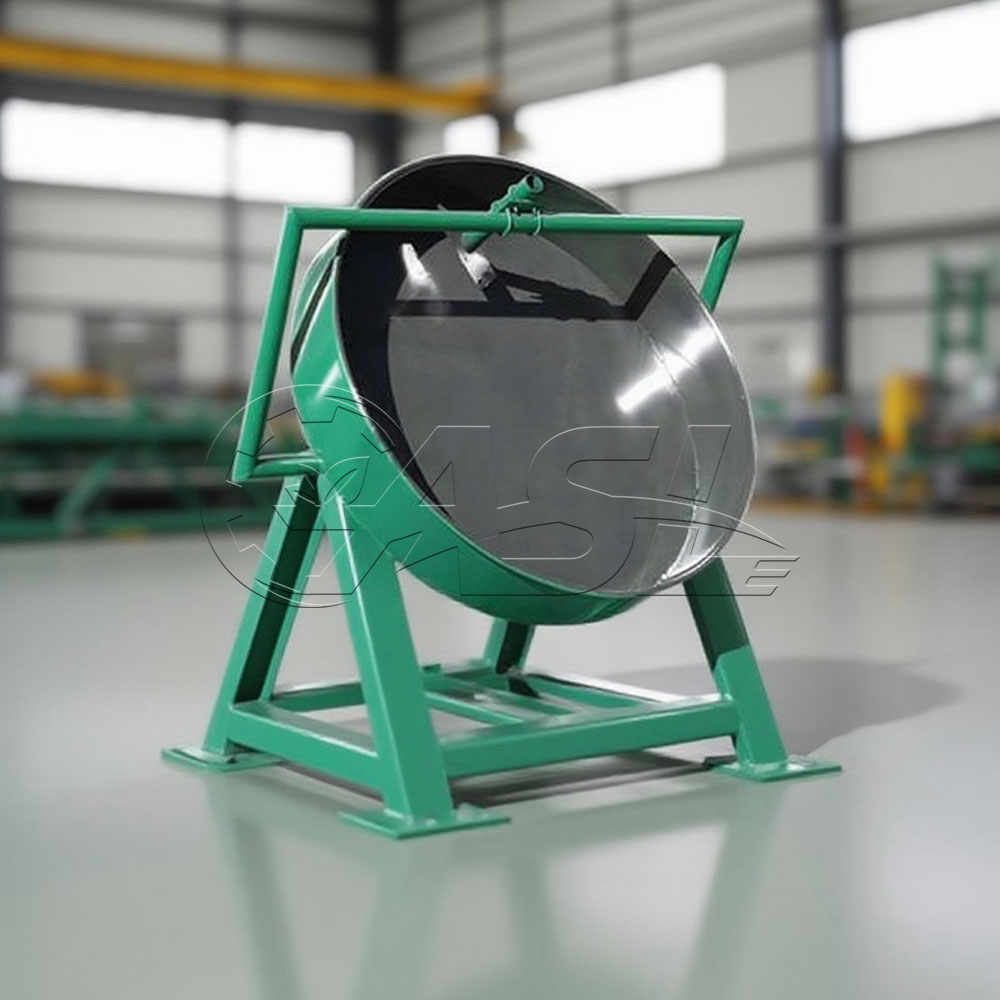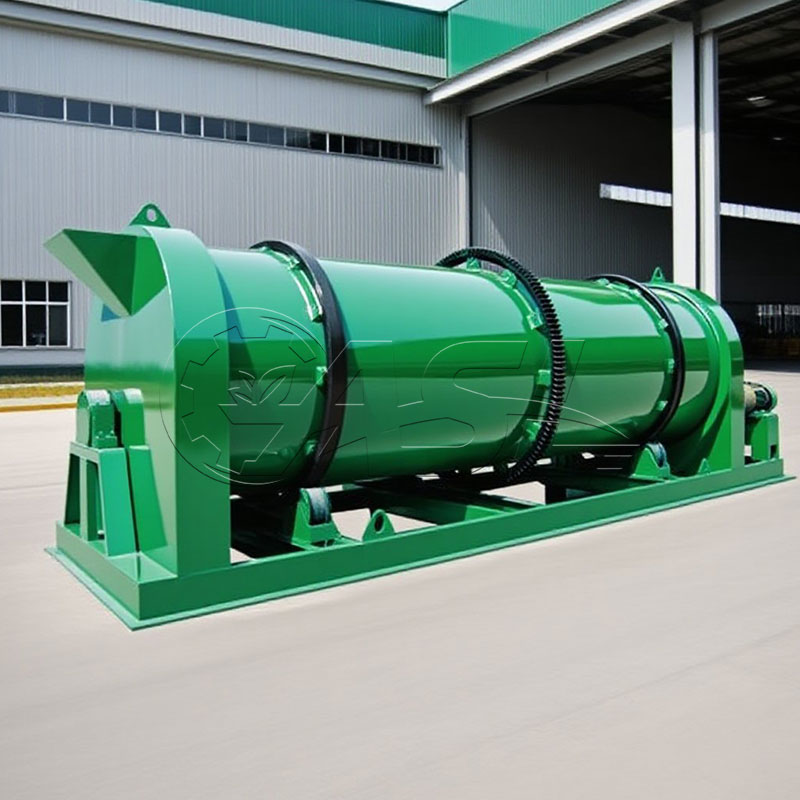What types of organic fertilizer raw materials are suitable for a rotary dryer?
Rotary dryers for organic fertilizer have a wide range of applications, including livestock and poultry manure (chicken, cow, and sheep manure), composted straw, biogas residue, fermented food waste, and organic fertilizer derived from traditional Chinese medicine residues. Their core advantage is their ability to process paste, granular, or lumpy organic fertilizer materials with a moisture content of 25%-60%. By adjusting the drum speed and hot air temperature, they can tailor the physical properties of different raw materials (such as viscosity and density) to avoid clumping or wall sticking during the drying process.
What is the controlled moisture content of the dried organic fertilizer? Does it meet national standards?
The equipment can stably control the moisture content of organic fertilizer to 8%-15% based on user needs, and can further adapt to subsequent granulation, packaging, or long-term storage requirements. For high-purity organic fertilizer, the moisture content can be reduced to 8% by adjusting the hot air system parameters. The following improves product shelf life and market competitiveness.
"Does the drying process generate odor or dust? How is it handled?
The equipment is equipped with an exhaust gas purification system and dust collection device to effectively control odor and dust pollution: ① The hot air furnace uses high-temperature combustion technology to reduce volatile organic compounds (VOCs) in organic exhaust gas; ② The exhaust gas is treated in a spray tower (with deodorant) and an activated carbon adsorption tower, achieving an odor removal rate of over 90%; ③ The drum inlet and outlet are equipped with sealing devices and pulse bag dust collectors, with dust emissions ≤30mg/m³, avoiding raw material waste and air pollution.
"Do the voltage and frequency vary in different regions? Is the equipment compatible?
It supports multiple voltage and frequency adaptation to meet different user needs: 220V/60Hz (for North America), 380V/60Hz (for Southeast Asia), or 120V/60Hz (for Southeast Asia) can be customized. The 415V/50Hz electrical system (applicable to some European countries) is equipped with corresponding standard plugs and cables, eliminating the need for user modification. The manufacturer can also provide local certification (such as CE and UL) to ensure that the equipment complies with the electrical safety standards of the importing country.
